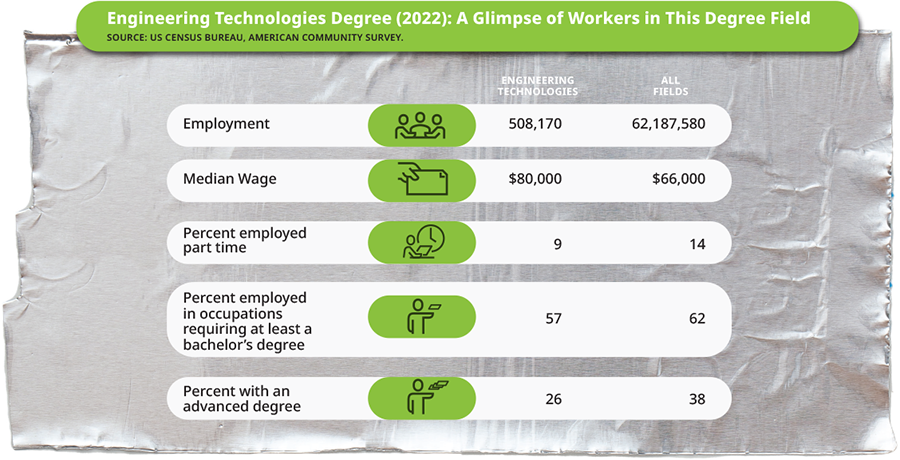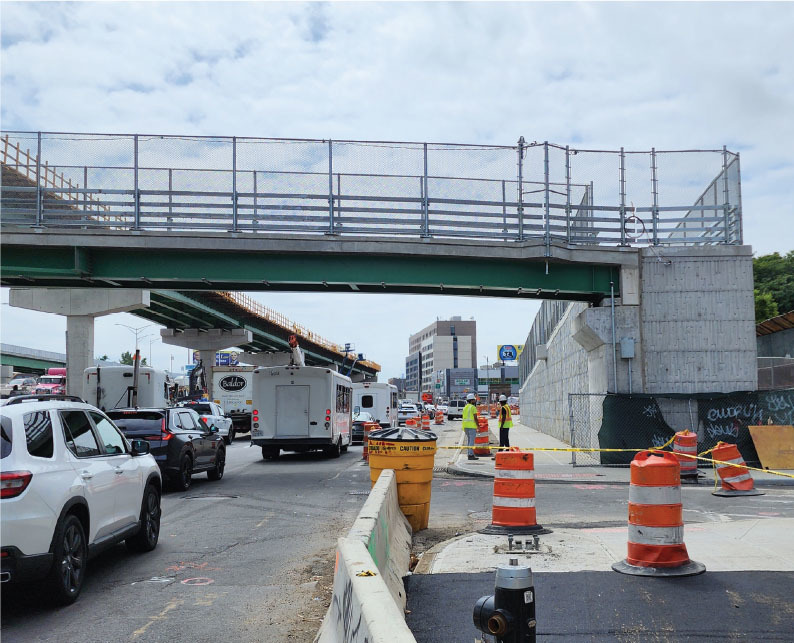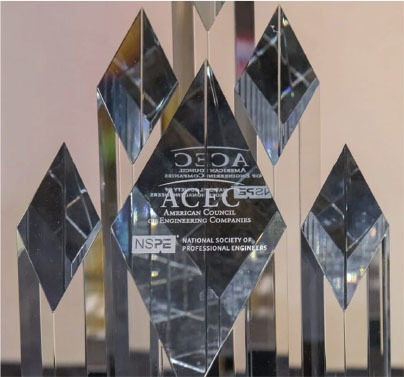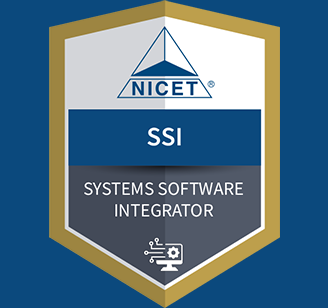July/August 2017
PE Report
Oregon PEs Fight Bill Undermining Licensure Requirements
 The Professional Engineers of Oregon is taking exception to an effort by state legislators to allow commercial interior designers to engage in the practice of engineering.
The Professional Engineers of Oregon is taking exception to an effort by state legislators to allow commercial interior designers to engage in the practice of engineering.
A bill (H.B. 2153) would permit commercial interior designers to practice engineering if they have completed a voluntary certification program established by the Department of Consumer and Business Services. The legislation also would allow certified commercial interior designers to submit work for building inspection programs and supervise preparation of that work.
In a letter sent in May to the cochairs of the Oregon Joint Committee on Ways and Means, NSPE 2016–2017 President Kodi Verhalen, P.E., Esq., F.NSPE, and PEO President Matthew Cash, P.E., pointed out that state law specifies that to safeguard life, health, and property, no individual can practice or offer to practice engineering in the state without being registered and licensed to practice engineering. The law also requires that every final document (drawings, specifications, designs, reports, narratives, maps, and plans) issued by the licensee must be signed and sealed by the licensee.
Verhalen and Cash stated in the letter, “The professional engineering licensure process, and the verification process by the State Board of Examiners for Engineering and Land Surveying of those deemed to meet the basic education and testing requirements to train in the practice of engineering, demonstrates an engineer’s qualifications and commitment to the highest standards of engineering practice. We urge you to oppose H.B. 2153 and any legislation that exempts professional engineering licensure for the practice of engineering as defined by the State of Oregon.”
Professional engineers are an integral factor in the planning, engineering, design, implementation, construction, operation, and maintenance of engineered systems. NSPE believes it’s critical that professional engineers are in responsible charge of engineering work. In making and approving engineering decisions, the professional engineer must be actively engaged in the engineering process, from conception to completion. The requirements of responsible charge and direct supervision are not met when drawings or other documents are reviewed after preparation without the professional engineer’s involvement in the design and development process.


 Volunteering at NSPE is a great opportunity to grow your professional network and connect with other leaders in the field.
Volunteering at NSPE is a great opportunity to grow your professional network and connect with other leaders in the field. The National Society of Professional Engineers (NSPE) encourages you to explore the resources to cast your vote on election day:
The National Society of Professional Engineers (NSPE) encourages you to explore the resources to cast your vote on election day:










